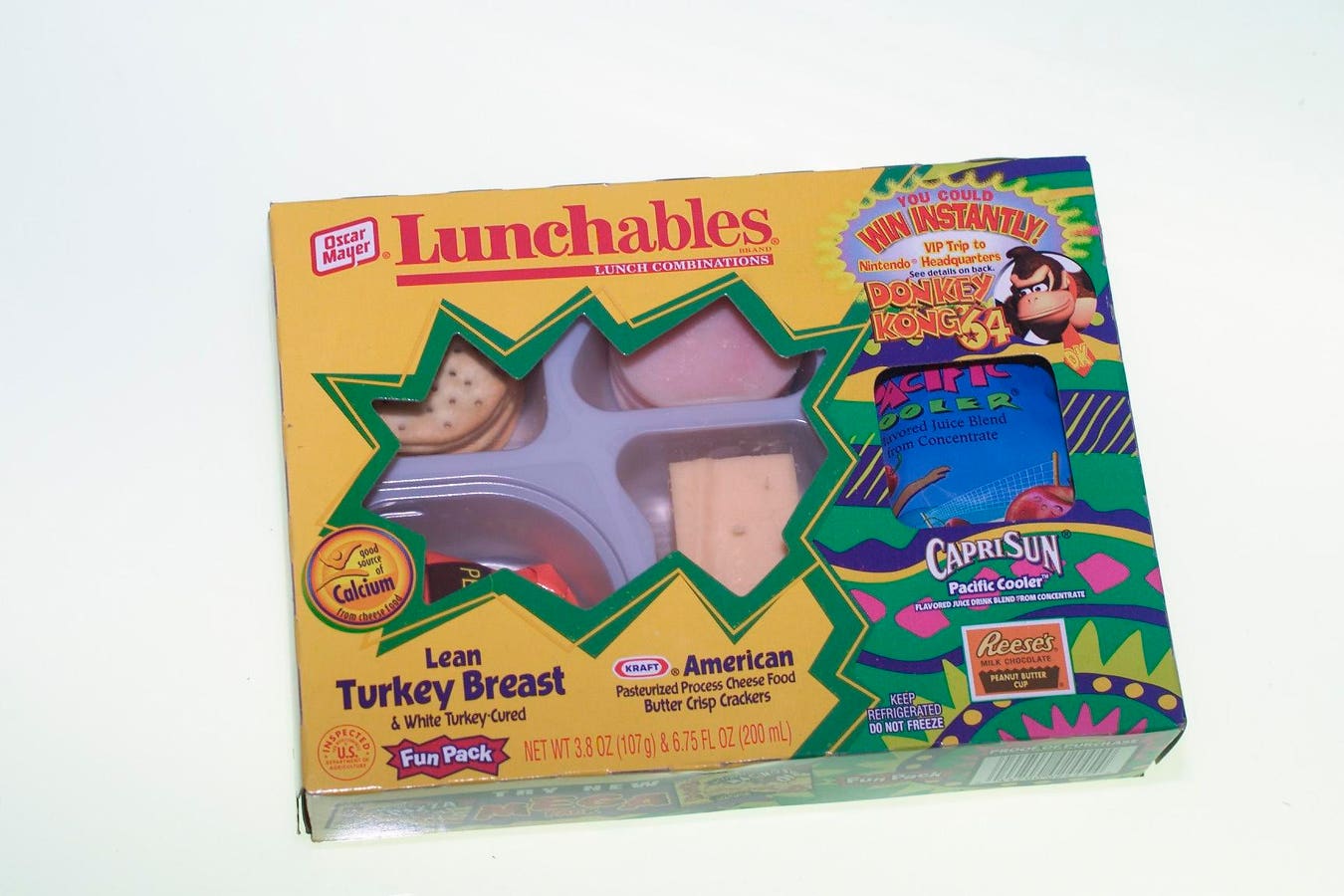When I asked Kelley Thornton, CEO of men’s face care company Tiege Hanley, how he thought about line extensions, he said, “we’re a face care company. A lot is about how you define yourself.” Thornton thinks that extending the line into other face care products makes sense but it can only go so far. When you extend it to body care he said, that’s a different “entry portal” and a tough jump for a consumer to make.
It raises the question: How do brands figure out which line extensions will work and which won’t?
Advertising lawyer Barry Benjamin of Kilpatrick Townsend says, “It can be very difficult to overcome a default assumption about brand product category,” he said.
The positioning a brand takes defines how far it can extend its identity and remain credible in consumers’ minds.
Karl Haller, Partner, Consumer Center of Competency Leader at IBM, says that extensions are governed by what the brand stands for in consumers’ minds. Haller says a brand like Virgin is defined by its “cheeky” positioning which enables it to simultaneously be in health, wellness, travel, aviation, media, hotels, music, casinos, financial services and many other products and services.
Haller says many brands that call themselves “lifestyle” brands are actually closely associated with just one or very few products, the way Levi’s is with jeans and Hermes with leather goods and scarves. Haller says some brands are “locked in” to a product the way Tide is with detergent and Duracell with batteries.
Pet industry expert Phil Cooper says many big brands have tried a slapdash strategy of putting their names on ordinary products and they are usually not successful. “I wouldn’t buy a pet shampoo from men’s personal grooming company Harry’s unless it offered more features like flea and tick” treatments or other features. It has to be more than just a name, he explains.
Richard Baum, Managing Partner of investment firm Consumer Growth Partners, says that extensions work when brands have “the authority” that can only come from from the consumer and has to be consistent with the brand’s equity.
Baum says that even a brand like Ralph Lauren, which is known for a very broad range of products, has a limit to how far it can stretch. It can sell apparel and fragrance but skin care requires its own expertise and that’s a reach even for a brand as broad as Ralph Lauren.
Some products go together naturally like shampoo and conditioner. But Baum says that even successful men’s shirts companies like Charles Tyrwhitt, Ledbury, UNTUCKit or Thomas Pink can’t go beyond shirts because even a realted product like pants has an entirely different fit that may not work for existing customers.
So much of the success and failure of line extensions comes from leveraging the way consumers identify the strengths and characteristics of a brand. But knowing your own company’s identity is about as hard as seeing your own strengths and flaws the way other people see you.
How Do They Do It?
So how do successful line extensions get created? Is it just luck? Or is there a way to figure out what will work.
Pete Stirling, CEO and President of pet products maker Skout’s Honor, said “you can’t just cram something on a shelf.” Skout’s Honor uses its pet retailers to market the products. “We look at what roadblocks pet owners are finding in living with an animal,” he said. When the product works great, the retailers will push it.
Motivational speaker Tony Robbins says that most people, and most companies, know what they want and they know why they want it. What they can’t figure out is how to get it and that’s when they give up. Robbins calls that “the tyranny of how,” the way “how” prevents people, and companies, from getting what they really want.
Laura Petrucci, CEO and Founder of The Winthrop Group which has done strategy consulting for Banana Republic, Cox Enterprises, Coach, Harley-Davison, Ralph Lauren, Tumi and others, has a methodology for developing successful line extensions.
The process has several clear steps:
Step 1. Get the insiders together. Assemble the executives, brand managers, advertising agencies, outside consultants. Give all the participants whatever research exists on the brand identity. Encourage them to think as broadly as possible and create a brandstorming session.
Ask them to identify what the brand stands for. Is it trust? Is is something that smells great? What is it?
Step 2. Ask consumers. Gather a group of consumers and have a similar conversation. They could be existing consumers or adjacent consumers. It can include people who know the brand but who may not be the hardcore user as well.
Ask them what the brand means to them and what it stands for.
Then ask them where it can go. Prepare cards in advance that a product category on each card, like pants, fragrances, gloves, handbags, breakfast cereal, electronics, insurance, whatever might be the least bit relevant. Ask the consumers to put the cards into one of two piles: “go” and “no-go.” Ask them why they made the choices they made.
Some companies take it a step further, to quantitative research asking a broad range and large number of consumers, and some companies don’t. David Schey, EVP Data Intelligence at marketing technology company Zeta Global, says their research finds that the psychographics of a consumer will determine what brand extensions they will purchase. Christine Pota, Group VP of Zeta Global, says it’s not enough to define consumers by their demographics, new products resonate more when the marketing approach is more finely tuned to a specific consumer.
Step 3. Ask the big questions:
Will the consumer let us go there?
Does it make sense?
Is it a good business?
How does it support our other businesses?
Is there a white space in the market for it?
Do we have the leverage in the channel to make it successful?
Can we make money?
And the biggest question of all: Is there a market opportunity?
Step 4. The strategy. What’s the best way to get the line extensions done given the strengths and challenges we have as a company?
Should we do it ourselves, internally?
Do we need to acquire another company to execute the extension?
Should we license it? Joint venture?
Emily Pfeiffer, Principal Analyst, Commerce Technology at Forrester Research, says it’s unwise “to go to place where you’re not an expert,” those are times to think about licensing and other ways to leverage the abilities of people outside your own company. Pfeiffer also says that companies can easily underestimate the challenge of different processes required for line extensions, like going from refrigerated to frozen products.
What Works
Angie Rieger, Executive Vice President and Chief Transformation Officer at Lands’ End, says the company tried maternity and baby line extensions but they were not successful. But then they invented mix ‘n match tankinis, tops and bottoms that had different designs and were interchangeable and it became a huge part of their business. That led to other related products like swim shirts, totes, beach towels, The products are innovative, useful to the existing customer base and related to products already on offer.
Petrucci of Winthrop Group talks about Oscar Meyer Lunchables as a line extension. None of the products were new by themselves, what was different about it was the convenience of offering everything in a package together. The customer already associated the main ingredient with the brand, they just needed a new way to view and experience it for the product to take off.
Matt Mueller, Founder of Mindful Innovation Services, describes a project he worked on for deli meat company Boar’s Head. They tried selling Boar’s Head jerky through their existing deli distribution channel and it failed because consumers didn’t associate jerky with delis. But when Boar’s Head tried hummus in the deli channel, it worked because it’s a product traditionally sold in delis.
Shelby Bank Wood, Chief Marketing Officer of pet CBD company Pet Releaf, told me her company had a problem. CBD can’t be marketed on Google and it was very expensive to find new customers. So the company needed a way to get greater results from its marketing. “They trust us already,” she said. “Can we help them solve a problem or can we get ahead of a problem and be proactive about it.” So Pet Releaf used its relationship and trust with consumers to market a sub brand of digestive products for dogs and it is taking off according to Wood.
It’s Complicated
Gabe Lengua, partner of accounting firm PKF O’Connor Davies says that “in a world where direct-to-consumer companies are paying as much as 40% of each revenue dollars to attract consumers, being able to sell multiple products to one consumer is often the difference between success and failure.”
That’s dead right. As online shopping becomes more important, getting consumers’ attention there becomes more expensive every day. Getting better utilization of those marketing dollars can often only be accomplished with line extensions that allow sales of multiple units to the same consumer.
But creating successful line extensions looks a lot easier than it is. So many companies meet with failure before they succeed.
The process is not unlike creating a startup. Many mistakes and failures happen before success comes. But unlike a startup, it is on an established base of business and the life of the company usually doesn’t depend on it. The risk in line extensions is usually not a survival risk for the company and that makes it an attractive way to grow.
Read the full article here





